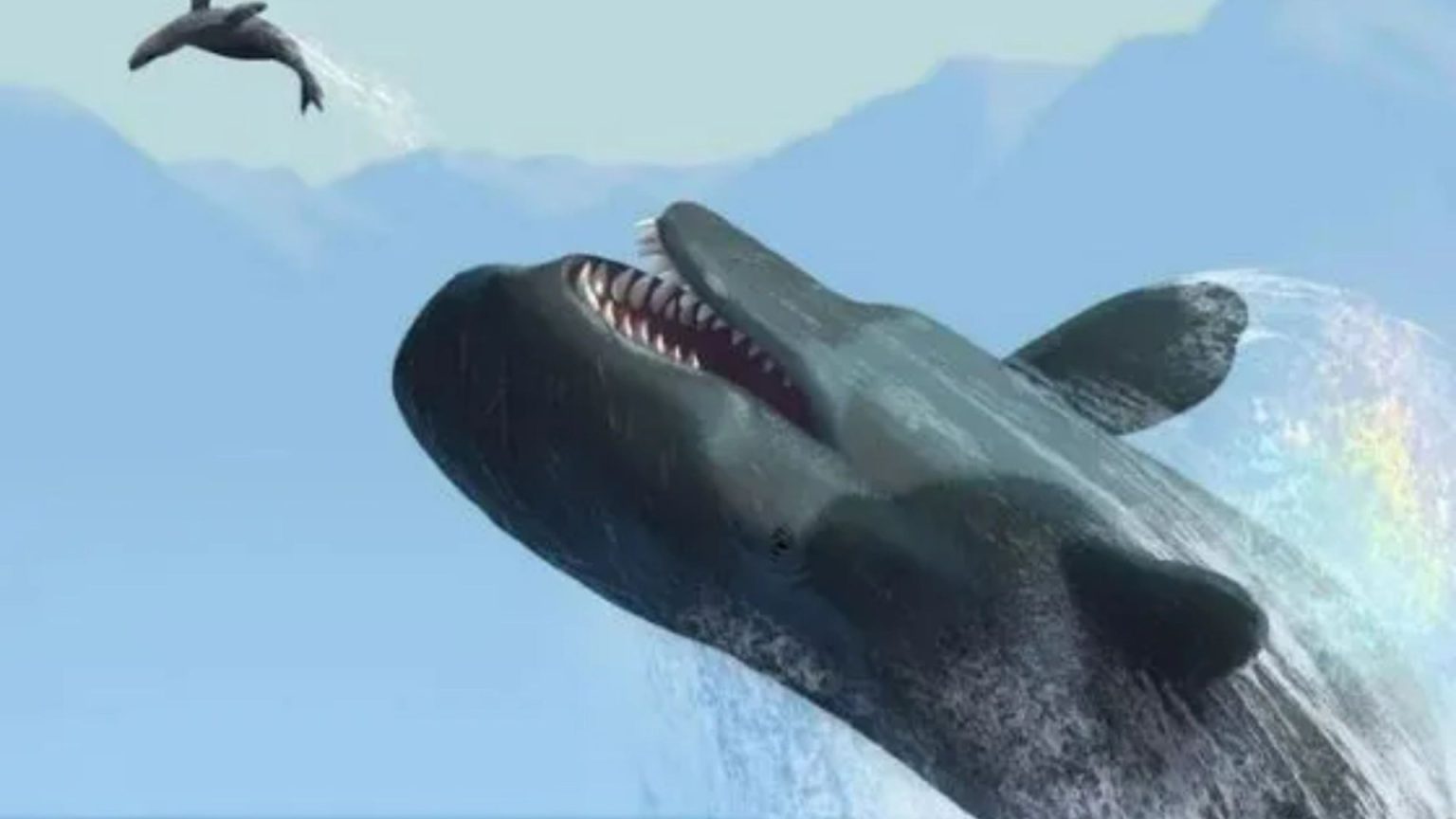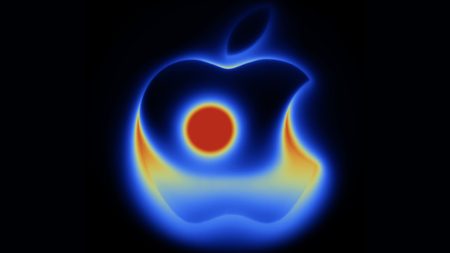TODAY’S mega-fauna, Earth’s largest animals, are much smaller than the giants that used to roam the Earth. The great Leviathan Whale, also known as the ‘Jaws’ of the Miocene Epoch, was a gigantic sea beast with teeth nearly the size of a 2-litre bottle of Coca Cola. The Leviathan Whale lived around 13 million years ago in the southeastern Pacific Ocean. With a body length estimated at 13 to 16 meters, it had a 6-foot-long and 4-foot-wide mouth, three times larger than that of a killer whale, and large enough to fit an adult human. While similar to the modern sperm whale in head and skeleton structure, the Leviathan’s teeth were much larger, up to 14 inches long, suggesting it feasted on larger prey.
The Patagotitan, a 122-foot herbivore from the Late Cretaceous period, weighed around 70 tons, equivalent to five buses. Belonging to the titanosaur group known for their colossal size, the Patagotitan roamed today’s Patagonia about 100 to 95 million years ago. Despite its massive size, the reason for the Patagotitan’s extinction remains unknown, predating the infamous extinction-level meteor strike by about 34 million years. Its thigh bone alone was 2.38 meters long, taller than an average human, showcasing the enormous scale of this dinosaur.
The Spinosaurus, the longest carnivorous dinosaur known, stretched an enormous 14 meters from head to tail, making it around three times the length of an African elephant and over 20% heavier. This 7.5-ton creature lived between 95 and 70 million years ago in the Late Cretaceous period. Characterized by a large sail-like hump on its back, the Spinosaurus may have had a semi-aquatic lifestyle, hunting for fish while fully submerged in water. The cause of its extinction remains unclear, with different theories suggesting a flood or drought as potential reasons for their demise.
The Titanboa, the biggest snake ever known to exist, could reach lengths of 45 to 50 feet and had a body diameter as wide as a human’s waist. This enormous snake lived around 58 to 60 million years ago in a swampy environment before the Amazon rainforest existed. The Titanboa coexisted with other large species like 13-foot crocodiles and 8-foot turtles. This period was characterized by heavy rainfall, with over 150 inches per year compared to the current 80 inches in the Amazon. The giant snake thrived after the asteroid strike that wiped out the dinosaurs, leading to the formation of the tropical rainforests present today.
Overall, these mega-fauna creatures of the past, such as the Leviathan Whale, Patagotitan, Spinosaurus, and Titanboa, showcase the incredible diversity and size of ancient animals that once roamed Earth. Their massive proportions and unique characteristics provide a glimpse into the prehistoric world and the diverse ecosystems that existed millions of years ago. Despite their immense size and strength, these giants eventually disappeared, leaving behind only fossil remains to give us a glimpse of their existence and the wonders of Earth’s ancient history.











